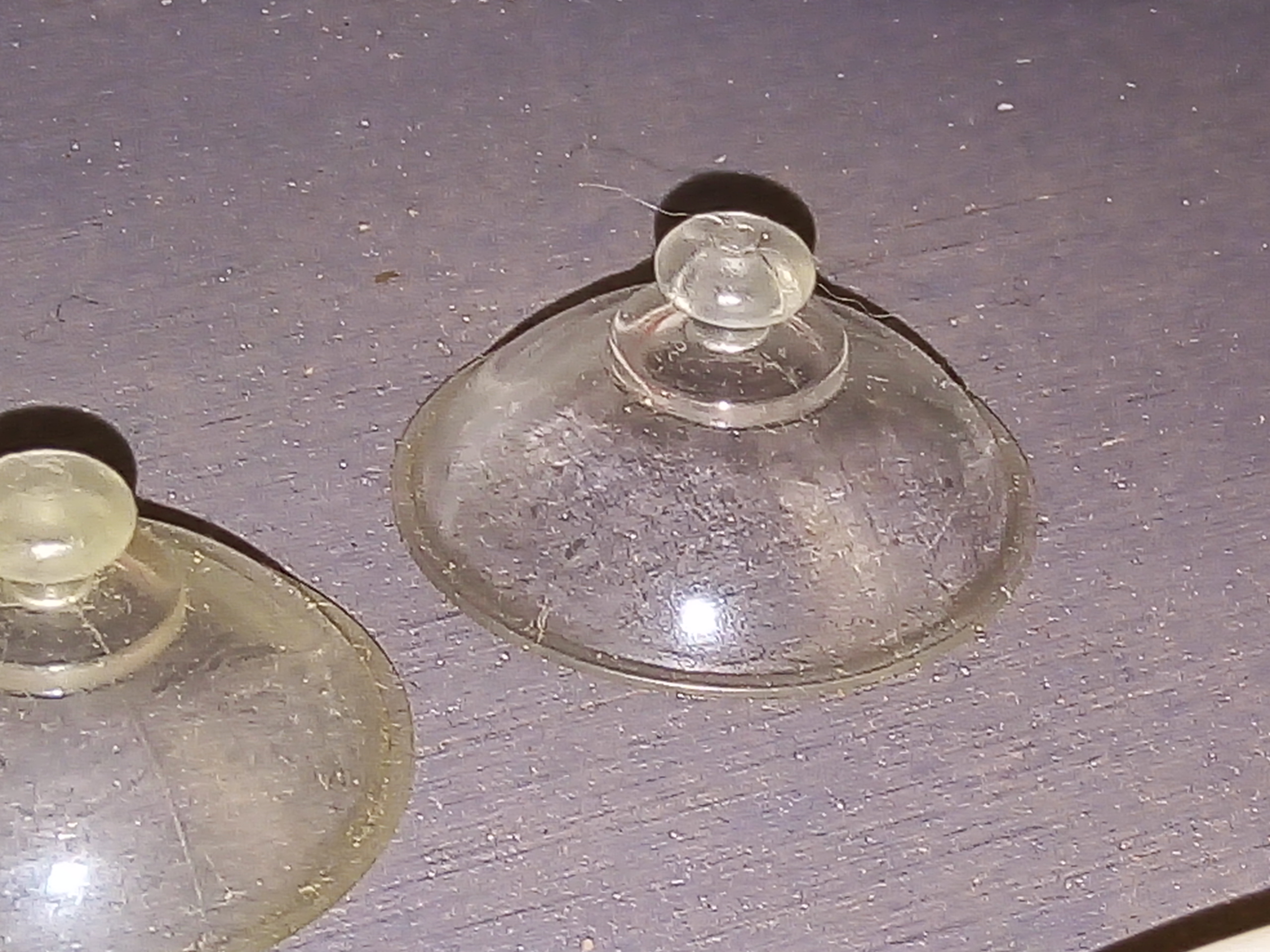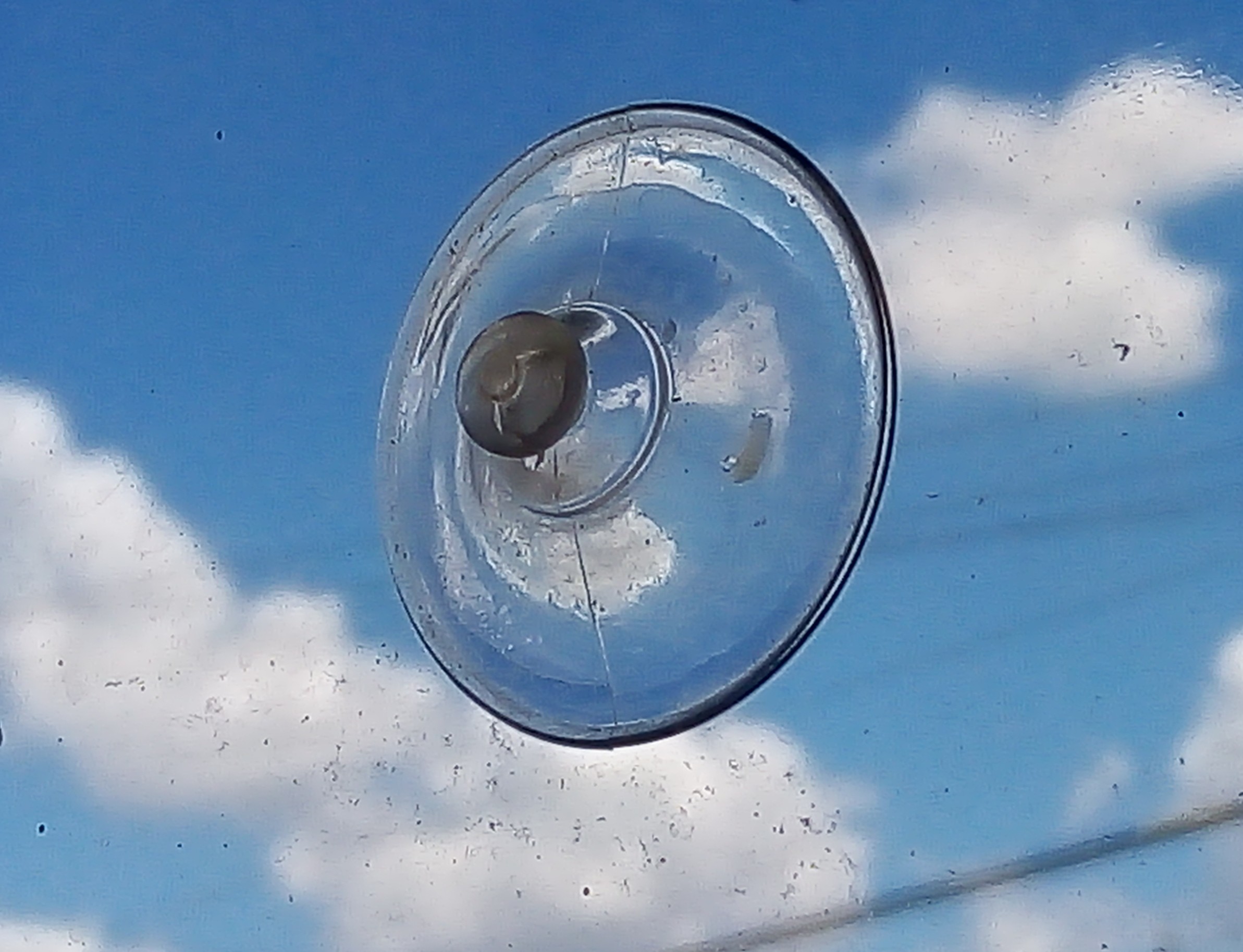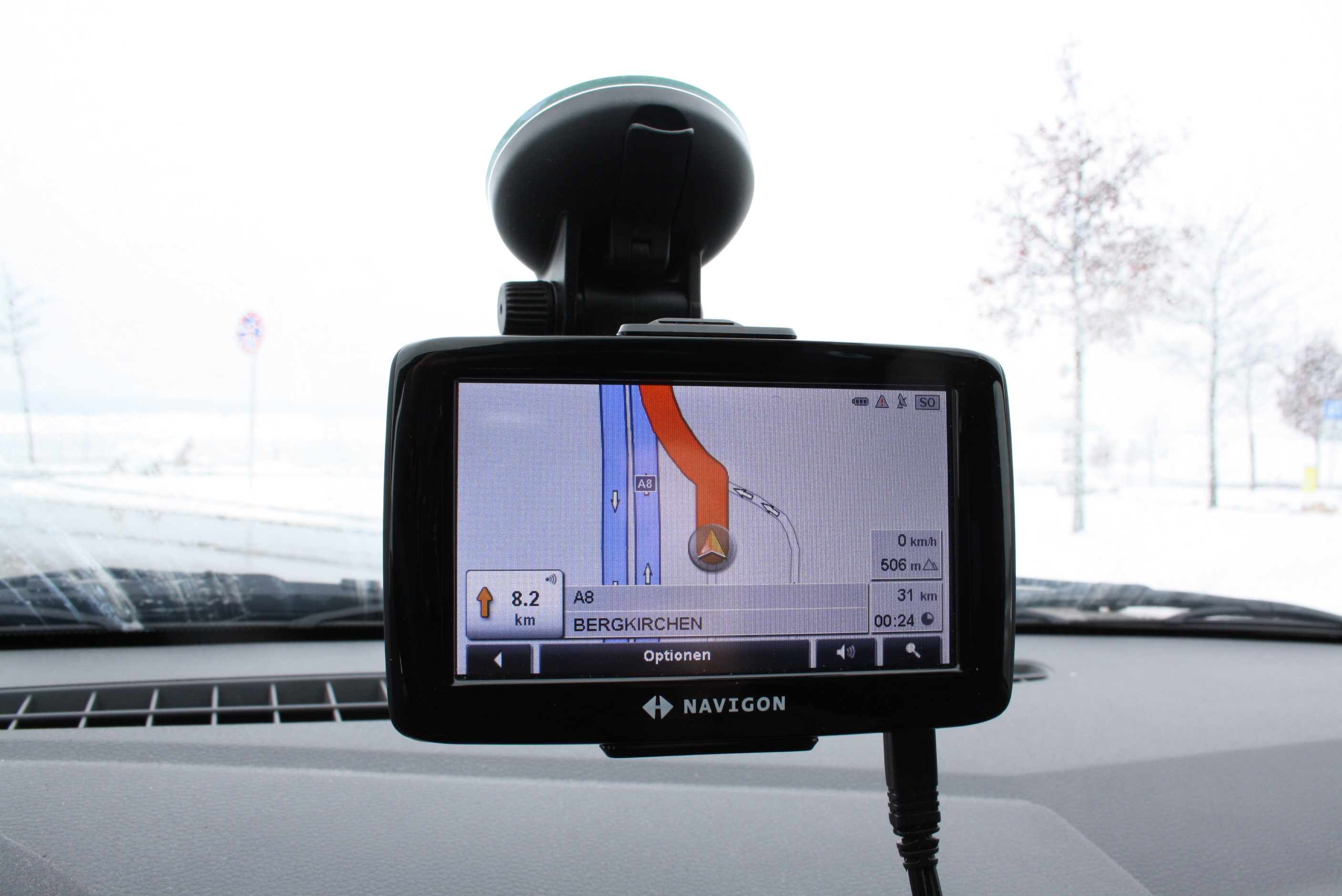Suction Cup on:
[Wikipedia]
[Google]
[Amazon]

 A suction cup, also known as a sucker, is a device or object that uses the negative
A suction cup, also known as a sucker, is a device or object that uses the negative
 When the user ceases to apply physical pressure to the outside of the cup, the elastic substance of which the cup is made tends to resume its original, curved shape. The length of time for which the suction effect can be maintained depends mainly on how long it takes for air or water to leak back into the cavity between the cup and the surface, equalizing the pressure with the surrounding atmosphere. This depends on the porosity and flatness of the surface and the properties of the cup's rim. A small amount of
When the user ceases to apply physical pressure to the outside of the cup, the elastic substance of which the cup is made tends to resume its original, curved shape. The length of time for which the suction effect can be maintained depends mainly on how long it takes for air or water to leak back into the cavity between the cup and the surface, equalizing the pressure with the surrounding atmosphere. This depends on the porosity and flatness of the surface and the properties of the cup's rim. A small amount of

 Artificial suction cups are believed to have first been used in the third century, B.C., and were made out of
Artificial suction cups are believed to have first been used in the third century, B.C., and were made out of Spider-man aka SpiderDan Goodwin the Skyscraperman scales the Millennium Tower in San Francisco - YouTube
/ref>wp:ref">

 A suction cup, also known as a sucker, is a device or object that uses the negative
A suction cup, also known as a sucker, is a device or object that uses the negative fluid pressure
In physics, a fluid is a liquid, gas, or other material that may continuously move and deform (''flow'') under an applied shear stress, or external force. They have zero shear modulus, or, in simpler terms, are substances which cannot r ...
of air or water to adhere to nonporous surfaces, creating a partial vacuum.
Suction cups occur in nature on the bodies of some animals such as octopus
An octopus (: octopuses or octopodes) is a soft-bodied, eight-limbed mollusc of the order Octopoda (, ). The order consists of some 300 species and is grouped within the class Cephalopoda with squids, cuttlefish, and nautiloids. Like oth ...
es and squid
A squid (: squid) is a mollusc with an elongated soft body, large eyes, eight cephalopod limb, arms, and two tentacles in the orders Myopsida, Oegopsida, and Bathyteuthida (though many other molluscs within the broader Neocoleoidea are also ...
, and have been reproduced artificially for numerous purposes.
Theory
The working face of the suction cup is made of elastic, flexible material and has a curved surface. When the center of the suction cup is pressed against a flat, non-porous
Porosity or void fraction is a measure of the void (i.e. "empty") spaces in a material, and is a fraction of the volume of voids over the total volume, between 0 and 1, or as a percentage between 0% and 100%. Strictly speaking, some tests measure ...
surface, the volume of the space between the suction cup and the flat surface is reduced, which causes the air or water between the cup and the surface to be expelled past the rim of the circular cup. The cavity which develops between the cup and the flat surface has little to no air or water in it because most of the fluid has already been forced out of the inside of the cup, causing a lack of pressure. The pressure difference between the atmosphere on the outside of the cup and the low-pressure cavity on the inside of the cup keeps the cup adhered to the surface.
 When the user ceases to apply physical pressure to the outside of the cup, the elastic substance of which the cup is made tends to resume its original, curved shape. The length of time for which the suction effect can be maintained depends mainly on how long it takes for air or water to leak back into the cavity between the cup and the surface, equalizing the pressure with the surrounding atmosphere. This depends on the porosity and flatness of the surface and the properties of the cup's rim. A small amount of
When the user ceases to apply physical pressure to the outside of the cup, the elastic substance of which the cup is made tends to resume its original, curved shape. The length of time for which the suction effect can be maintained depends mainly on how long it takes for air or water to leak back into the cavity between the cup and the surface, equalizing the pressure with the surrounding atmosphere. This depends on the porosity and flatness of the surface and the properties of the cup's rim. A small amount of mineral oil
Mineral oil is any of various colorless, odorless, light mixtures of higher alkanes from a mineral source, particularly a distillate of petroleum, as distinct from usually edible vegetable oils.
The name 'mineral oil' by itself is imprecise, ...
or vegetable oil
Vegetable oils, or vegetable fats, are oils extracted from seeds or from other parts of edible plants. Like animal fats, vegetable fats are ''mixtures'' of triglycerides. Soybean oil, grape seed oil, and cocoa butter are examples of seed ...
is often employed to help maintain the seal.
Calculations
The force required to detach an ideal suction cup by pulling it directly away from the surface is given by the formula: : where: :''F'' is theforce
In physics, a force is an influence that can cause an Physical object, object to change its velocity unless counterbalanced by other forces. In mechanics, force makes ideas like 'pushing' or 'pulling' mathematically precise. Because the Magnitu ...
,
:''A'' is the area of the surface covered by the cup,
:''P'' is the pressure outside the cup (typically atmospheric pressure
Atmospheric pressure, also known as air pressure or barometric pressure (after the barometer), is the pressure within the atmosphere of Earth. The standard atmosphere (symbol: atm) is a unit of pressure defined as , which is equivalent to 1,013. ...
)
This is derived from the definition of pressure, which is:
:
For example, a suction cup of radius 2.0 cm has an area of (0.020 m)2 = 0.0013 square meters. Using the force formula (''F'' = ''AP''), the result is
''F'' = (0.0013 m2)(100,000 Pa) = about 130 newtons
The newton (symbol: N) is the unit of force in the International System of Units (SI). Expressed in terms of SI base units, it is 1 kg⋅m/s2, the force that accelerates a mass of one kilogram at one metre per second squared.
The unit i ...
.
The above formula relies on several assumptions:
# The outer diameter of the cup does not change when the cup is pulled.
# No air leaks into the gap between the cup and the surface.
# The pulling force is applied perpendicular to the surface so that the cup does not slide sideways or peel off.
# The suction cup contains a perfect vacuum
A vacuum (: vacuums or vacua) is space devoid of matter. The word is derived from the Latin adjective (neuter ) meaning "vacant" or "void". An approximation to such vacuum is a region with a gaseous pressure much less than atmospheric pressur ...
; in reality, a small partial pressure
In a mixture of gases, each constituent gas has a partial pressure which is the notional pressure of that constituent gas as if it alone occupied the entire volume of the original mixture at the same temperature. The total pressure of an ideal g ...
will remain on the interior, and ''P'' is the differential pressure.
Artificial use
 Artificial suction cups are believed to have first been used in the third century, B.C., and were made out of
Artificial suction cups are believed to have first been used in the third century, B.C., and were made out of gourd
Gourds include the fruits of some flowering plant species in the family Cucurbitaceae, particularly '' Cucurbita'' and '' Lagenaria''. The term refers to a number of species and subspecies, many with hard shells, and some without. Many gourds ha ...
s. They were used to suction "bad blood" from internal organs to the surface. Hippocrates
Hippocrates of Kos (; ; ), also known as Hippocrates II, was a Greek physician and philosopher of the Classical Greece, classical period who is considered one of the most outstanding figures in the history of medicine. He is traditionally referr ...
is believed to have invented this procedure.
The first modern suction cup patents were issued by the United States Patent and Trademark Office during the 1860s. TC Roche was awarded U.S. Patent No. 52,748 in 1866 for a "Photographic Developer Dipping Stick"; the patent discloses a primitive suction cup means for handling photographic plate
Photographic plates preceded film as the primary medium for capturing images in photography. These plates, made of metal or glass and coated with a light-sensitive emulsion, were integral to early photographic processes such as heliography, d ...
s during developing procedures. In 1868, Orwell Needham patented a more refined suction cup design, U.S. Patent No. 82,629, calling his invention an "Atmospheric Knob" purposed for general use as a handle and drawer opening means.
Suction cups have a number of commercial and industrial applications:
* To attach an object to a flat, nonporous surface, such as a refrigerator door or a tile on a wall. This is also used for mooring ships.
* To move an object, such as a pane of glass
Glass is an amorphous (non-crystalline solid, non-crystalline) solid. Because it is often transparency and translucency, transparent and chemically inert, glass has found widespread practical, technological, and decorative use in window pane ...
or a raised floor
A raised floor (also raised flooring, access floor(ing), or raised-access computer floor) provides an elevated structural floor above a solid substrate (often a concrete slab) to create a hidden void for the passage of mechanical and electrical ...
tile, by attaching the suction cup to a flat, nonporous part of the object and then sliding or lifting the object.
* In some toys, such as Nerf
Nerf is a toy brand formed by Parker Brothers and currently owned by Hasbro. Most of the toys are a variety of Foam weapon, foam-based weaponry, with other Nerf products including balls for sports such as American football, basketball, an ...
darts.
* As toilet plunger
A plunger is a device driven by or against fluid pressure. In plumbing, the term plunger commonly refers to handheld tools used to clear blockages in drains and pipes. Plumbing plungers consist of a rubber suction cup attached to a stick (''sh ...
s.
* To climb up almost or completely vertically up or down a flat, nonporous surface, such as the sides of some buildings. This is part of buildering, which is also known as urban climbing.
* To hold an object still while it is worked on, such as holding a piece of glass while performing edge grinding.
On May 25, 1981, Dan Goodwin, a.k.a. SpiderDan, scaled Sears Tower
The Willis Tower, formerly and still commonly referred to as the Sears Tower, is a 110- story, skyscraper in the Loop community area of Chicago in Illinois, United States. Designed by architect Bruce Graham and engineer Fazlur Rahman Khan ...
, the former world's tallest building, with a pair of suction cups. He went on to scale the Renaissance Center in Dallas, the Bonaventure Hotel in Los Angeles, the World Trade Center in New York City, Parque Central Tower in Caracas, the Nippon TV
JOAX-DTV (channel 4), branded as (NTV) or Nippon TV, is a Japanese television station serving the Kantō region as the flagship station of the Nippon News Network and the Nippon Television Network System, owned and operated by the , a sub ...
station in Tokyo, and the Millennium Tower in San Francisco./ref>wp:ref">
See also
*Airlock
An airlock is a room or compartment which permits passage between environments of differing atmospheric pressure or composition, while minimizing the changing of pressure or composition between the differing environments.
An airlock consist ...
* Horror vacui (physics)
In philosophy and early physics, ''horror vacui'' ( Latin: ''horror of the vacuum'') or plenism ()—commonly stated as "nature abhors a vacuum", for example by Spinoza—is a hypothesis attributed to Aristotle, later criticized by the ...
* Magdeburg hemispheres
The Magdeburg hemispheres are a pair of large copper hemispheres with mating rims that were used in a famous 1654 experiment to demonstrate the power of atmospheric pressure. When the rims were sealed with grease and the air was pumped out, the sph ...
* Self-sealing suction cup
References
{{Authority control Tools Vacuum Joining la:Cucurbita (animalium)